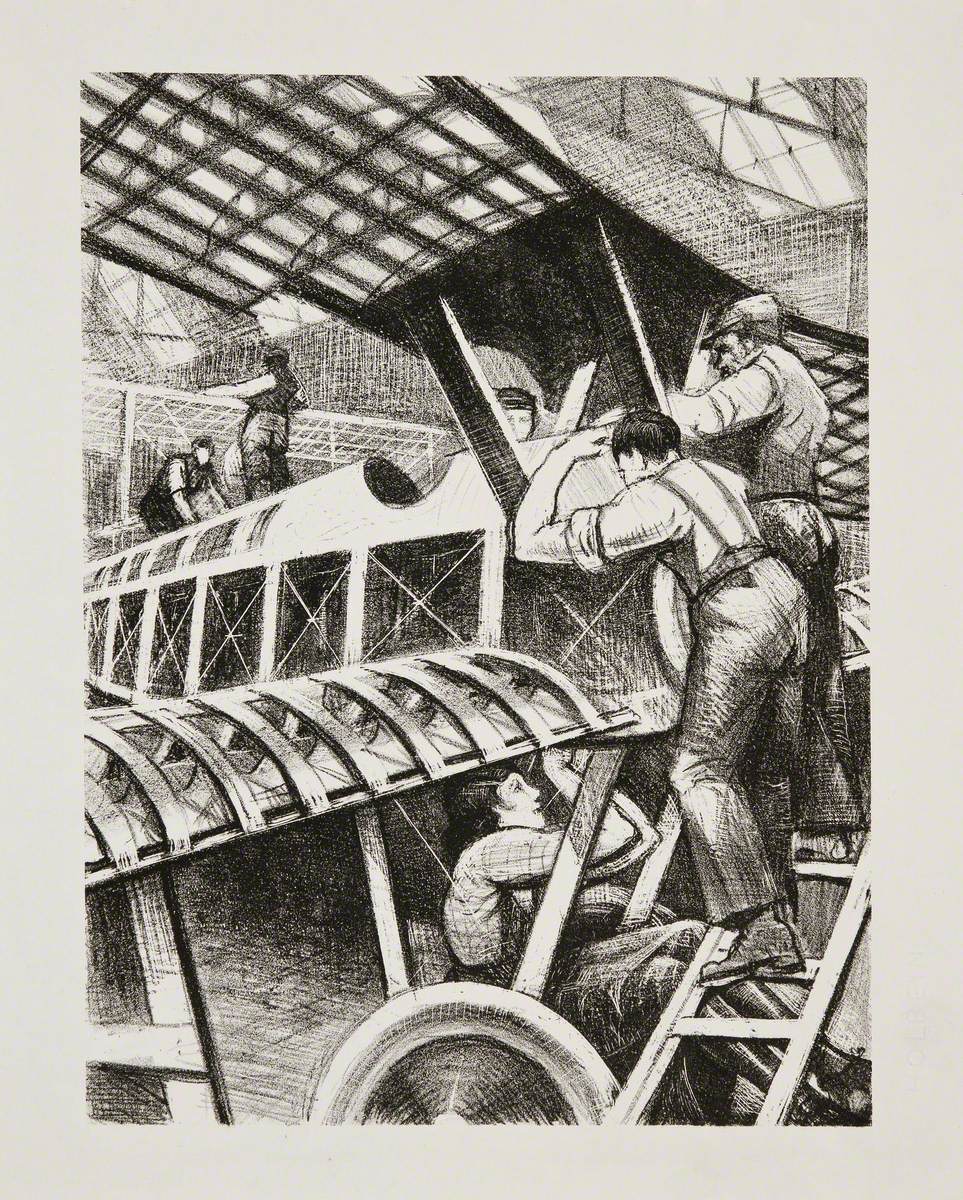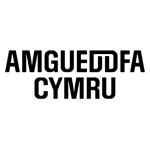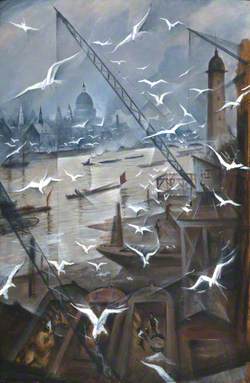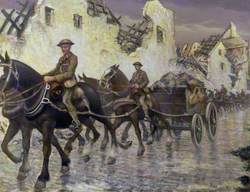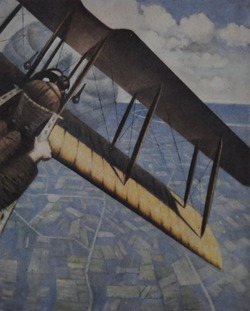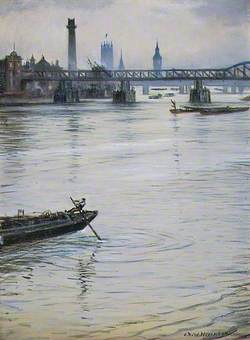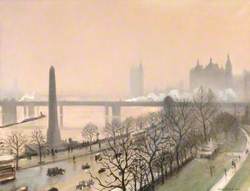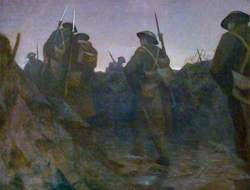How you can use this image
This image can be used for non-commercial research or private study purposes, and other UK exceptions to copyright permitted to users based in the United Kingdom under the Copyright, Designs and Patents Act 1988, as amended and revised. Any other type of use will need to be cleared with the rights holder(s).
Review the copyright credit lines that are located underneath the image, as these indicate who manages the copyright (©) within the artwork, and the photographic rights within the image.
The collection that owns the artwork may have more information on their own website about permitted uses and image licensing options.
Review our guidance pages which explain how you can reuse images, how to credit an image and how to find images in the public domain or with a Creative Commons licence available.
Notes
Add or edit a note on this artwork that only you can see. You can find notes again by going to the ‘Notes’ section of your account.
Nevinson’s prints were particularly admired when first exhibited. One critic wrote that he ‘contrives to make the visitor almost giddy,’ another that he possessed ‘the power of expressing sensations rather than visual facts’. Nevinson studied lithography under Ernest Jackson in 1912. At the outbreak of war he volunteered as an ambulance driver, an experience which deeply affected him. He was appointed an official war artist in 1917. These prints follow the process of building aircraft, from making parts to assembly and flight. ‘Acetylene Welder’ and ‘Assembling Parts’ both show the growing contribution of women workers. This work forms part of the portfolio ‘The Great War: Britain’s Efforts and Ideals’, a series of 66 lithographic prints commissioned by the Ministry of Information in 1917.
Title
Assembling Parts
Date
1917
Medium
lithograph on paper
Measurements
H 47.2 x W 38.2 cm
Accession number
NMW A 13189
Acquisition method
gift from H. M. Ministry of Information, 1919
